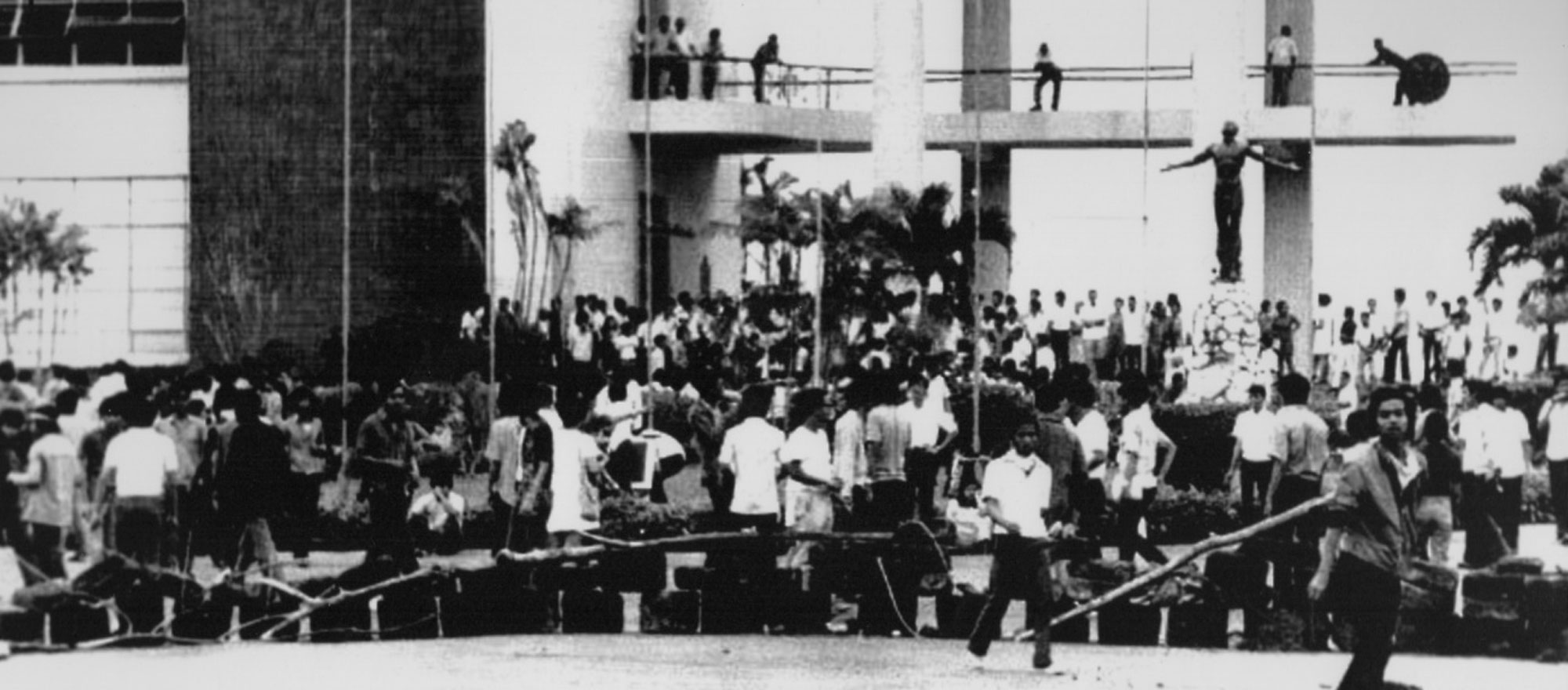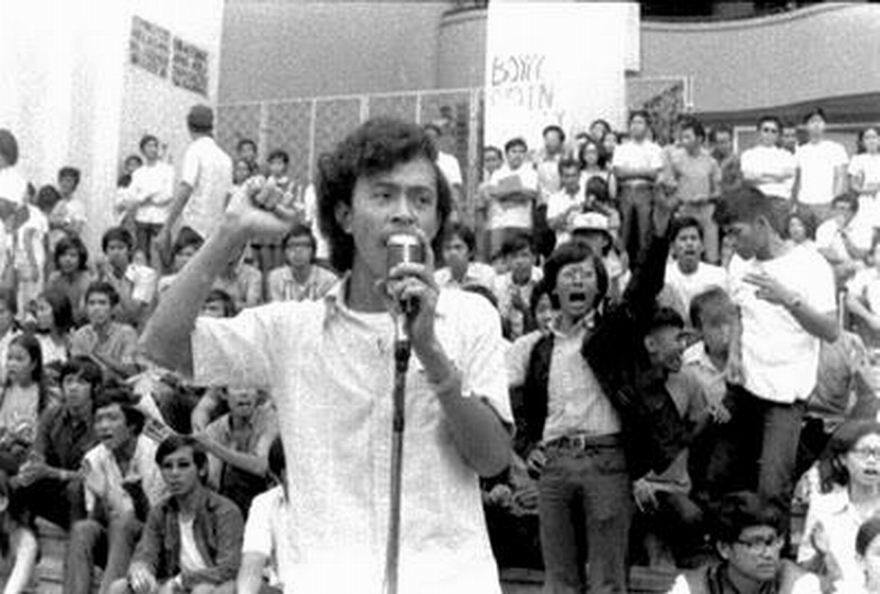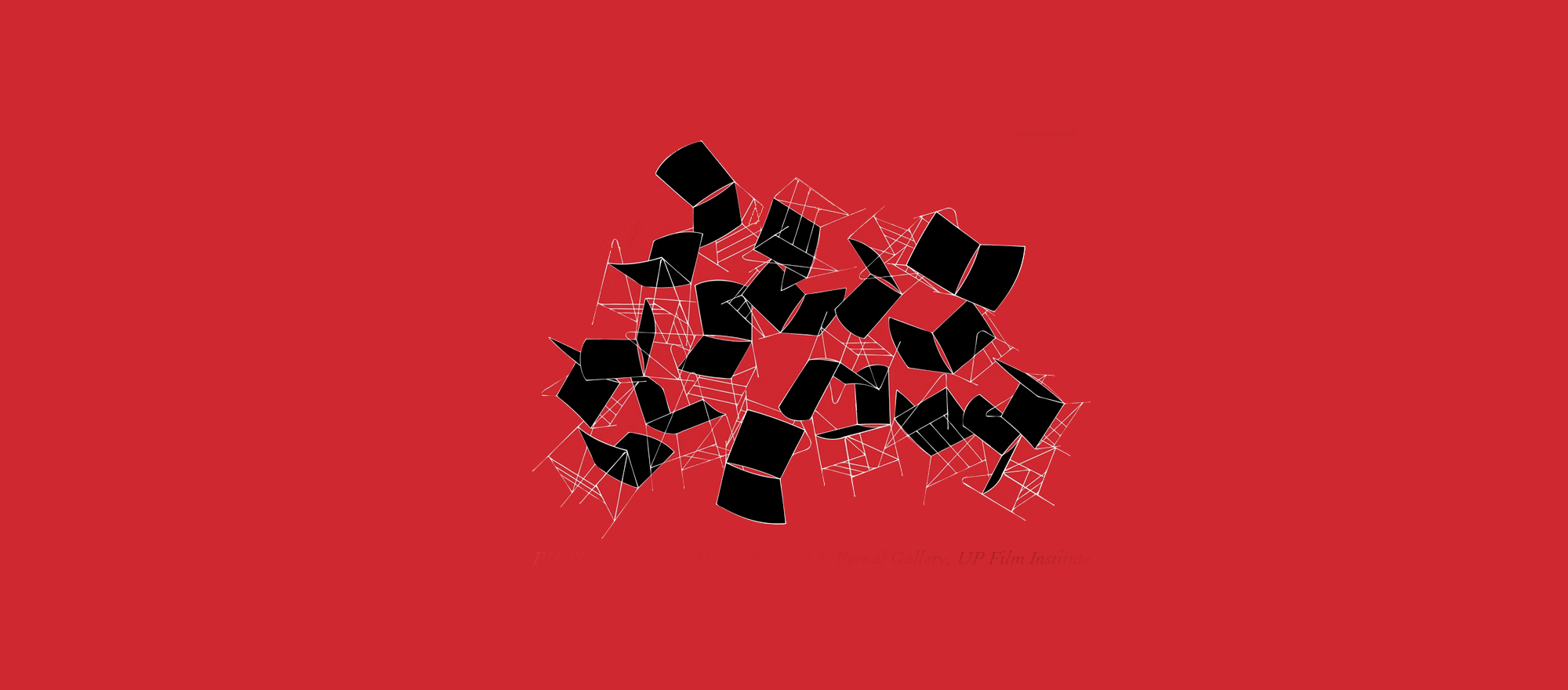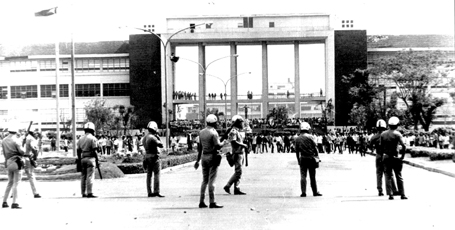Against historical distortions about the Diliman Commune
A leader of the Diliman Commune of 1971 speaks about “historical distortions” peddled by historian Joseph Scalice.

The way Joseph Scalice presents the Diliman Commune makes me doubt him, no matter his academic pedigree. I don’t know if he was there when it happened, or where he got his account and so-called evidence. But I was there. I was at that time the chair of the Kabataang Makabayan (KM) chapter in Diliman that included the University of the Philippines (UP) campus and the adjoining urban poor communities. I was a member of the Diliman Commune Directorate. So what I will say here is firsthand experience, not deduced from any theoretical extrapolation to suit some predetermined, and obviously unhistorical, bias.
We did not plan to establish a Diliman Commune. Neither did we design it to last for days. The decision of the Student Council was to call for a boycott of classes and erect barricades in the main streets of the campus to dramatize our solidarity with the striking jeepney drivers for one day. Just one day, on February 1 (1971), that is. But the UP security men tore down the barricade in the University Avenue. We were not happy about that. We attempted to put it up again on the very same morning. Then the shooting of Pastor Mesina happened on that day. I was with him when the shots rang out and we all hit the ground, unbelieving that a university professor, no matter his anti-activist reputation, could actually aim his rifle at students and pull the trigger.
I was among those who carried Pastor’s bloodied body. I took off my checkered yellow polo jacket that had been splattered with his blood because our lawyer Prof. Jose Laureta of the UP College of Law said it would be material evidence in the case that was going to be filed against our assailant.
It was rage — just and righteous — that emboldened us to erect more barricades and to try to reinforce them with all our hands could get hold of. There was no plan to establish a commune. And then the police came tearing down our barricades. What were we to do? Retreat while shouting “Makibaka, huwag matakot”? Of course, we fought the police. But there was no plan, no plan at all. If we could be accused of anything, it was that: We didn’t plan. We played it by ear. We reacted as events unfolded fast in the first two days. It was only on the third day, as far as I can remember, that the idea of a sanctuary of sorts, later to be called a commune, came about.

And when it did, did we imagine that such an action, bold as it was, would be designed to stem the tide of the creeping fascism of the Marcos regime? That it would dissuade Marcos and his military clique from suspending the privilege of the writ of habeas corpus or declaring martial law? Of course not! How foolish of Scalice to say that the Commune was a failure because it failed to accomplish those!
I vaguely recall the barricades that fellow activists erected elsewhere in downtown Manila and in the UP Los Banos campus in the province of Laguna. I got so enmeshed in what was happening in the Diliman Campus. I could be accused of that as well – for not being a conscientious conspirator. But would those events prove Scalice’s point about a grand plan to sow anarchy? Again, from experience, it was all part of the activist movement’s tradition to conduct similar protest actions when issues became so defined that they needed collective actions of solidarity beyond borders. We didn’t need any memorandum or political direction from anywhere to do what was comradely.
And hey, first time I learned that six were killed in the barricades in downtown Manila during the Commune days in Diliman!
As an actual participant, I say this: The Diliman Commune, for all its faults and weaknesses, succeeded in more ways than one. As part of the reeducation of my generation, it continued the unprecedented schooling that we had in the First Quarter Storm of 1970 and educated us about the realities of Philippine society and the dynamics of the mass movement. It also broadened our ranks and became a platform to elevate the discourse from issues of the day to issues of national and international concerns. Finally, again in retrospect, it further consolidated our commitment to do our bit in social transformation, na ka-kapitbisig ang batayang masa at sambayanang Pilipino. We may not have prevented the full-scale imposition of a fascist dictatorship as Scalice had wished, but the Diliman Commune steeled us to face up to martial law when it arrived.
There are many ways to look at and evaluate the Diliman Commune. I will not begrudge anyone his or her position about it, provided that it does not reek of historical inventions, distortions, or ill-intentions. Now, I ask: What is Joseph Scalice’s real intention in writing about the Diliman Commune?


